Binoculars Which Are Best?
When it comes to choosing the best binoculars, the decision can be quite overwhelming due to the vast array of options available on the market. Whether you are a bird watcher, a stargazer, a sports enthusiast, or someone who enjoys outdoor adventures, selecting the right pair of binoculars is crucial for enhancing your viewing experience. In this article, we will delve into the key factors to consider when choosing binoculars, highlight some of the top models available, and provide practical tips to help you make an informed decision.
Understanding Binocular Specifications
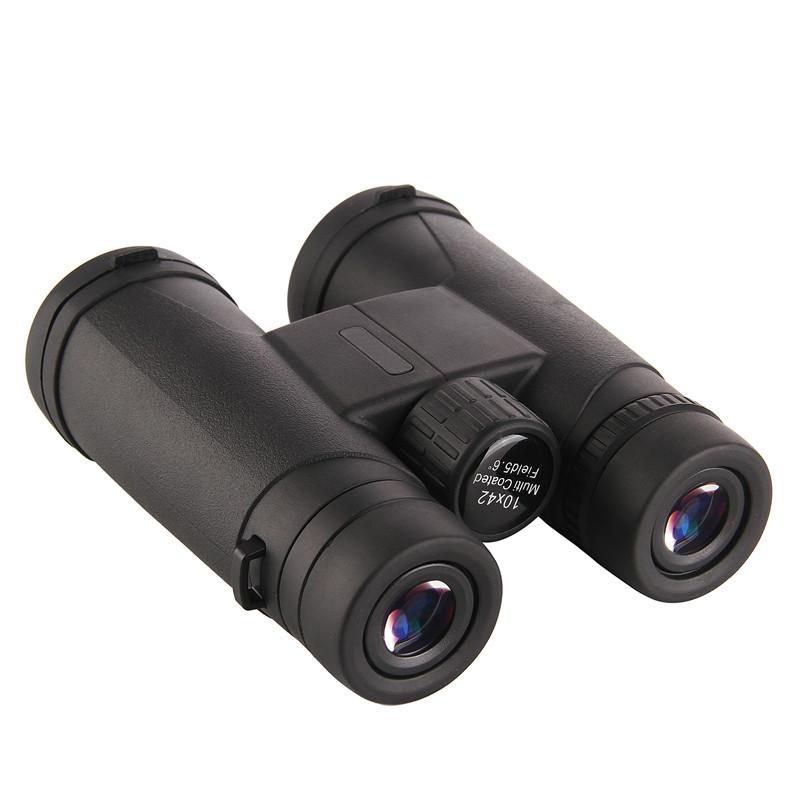
Before diving into specific models, it is essential to understand the basic specifications of binoculars. These specifications will help you compare different models and determine which one best suits your needs.
1. Magnification and Objective Lens Diameter: Binoculars are often described by two numbers, such as 10x42. The first number (10x) represents the magnification power, meaning the object will appear ten times closer than it is. The second number (42) is the diameter of the objective lens in millimeters. Larger objective lenses gather more light, which is beneficial in low-light conditions but also make the binoculars heavier.
2. Field of View (FOV): This is the width of the area visible through the binoculars at a specific distance, usually measured in feet at 1,000 yards. A wider FOV is advantageous for tracking moving objects and scanning large areas.
3. Exit Pupil: This is the diameter of the beam of light that exits the eyepiece, calculated by dividing the objective lens diameter by the magnification. A larger exit pupil provides a brighter image, especially in low-light conditions.
4. Eye Relief: This is the distance from the eyepiece to your eye where the full field of view is visible. Longer eye relief is crucial for eyeglass wearers.
5. Prism Type: Binoculars use either roof prisms or Porro prisms. Roof prisms are more compact and durable, while Porro prisms generally offer better image quality at a lower cost.
Key Factors to Consider
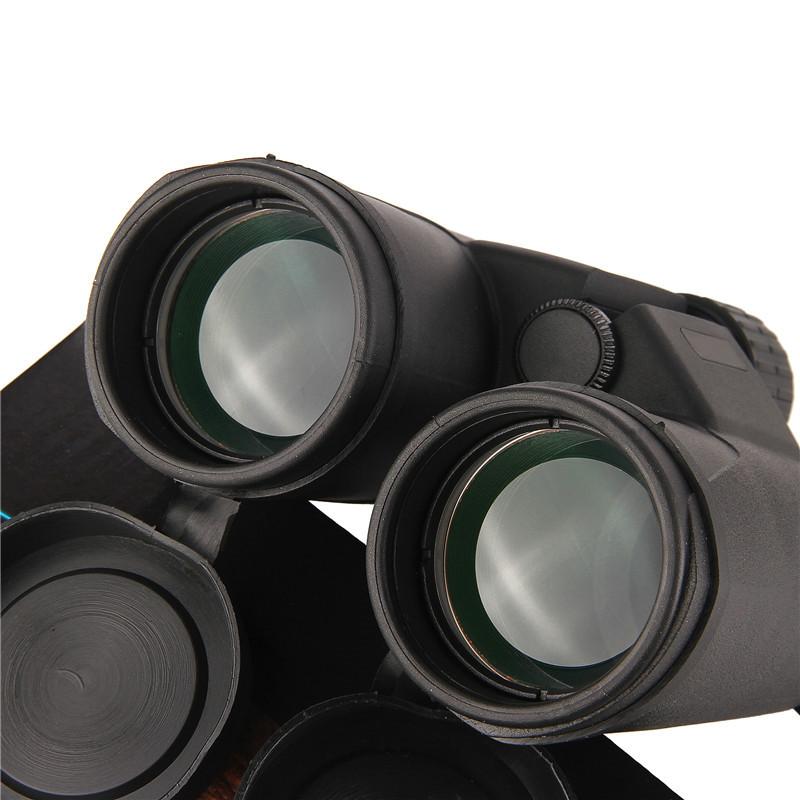
When choosing the best binoculars, consider the following factors based on your specific needs and preferences:
1. Purpose: Determine the primary use of the binoculars. For bird watching, a magnification of 8x to 10x with a wide FOV is ideal. For stargazing, higher magnification and larger objective lenses are preferable. For sports events, compact and lightweight binoculars with moderate magnification are suitable.
2. Budget: Binoculars come in a wide price range. While high-end models offer superior optics and durability, there are also budget-friendly options that provide excellent performance for casual use.
3. Weight and Size: Consider the portability of the binoculars, especially if you plan to carry them for extended periods. Compact models are easier to handle but may compromise on image quality.
4. Weather Resistance: If you plan to use binoculars in various weather conditions, look for models that are waterproof and fog-proof.
5. Brand and Warranty: Reputable brands often provide better quality and customer support. Check the warranty terms to ensure your investment is protected.
Top Binocular Models
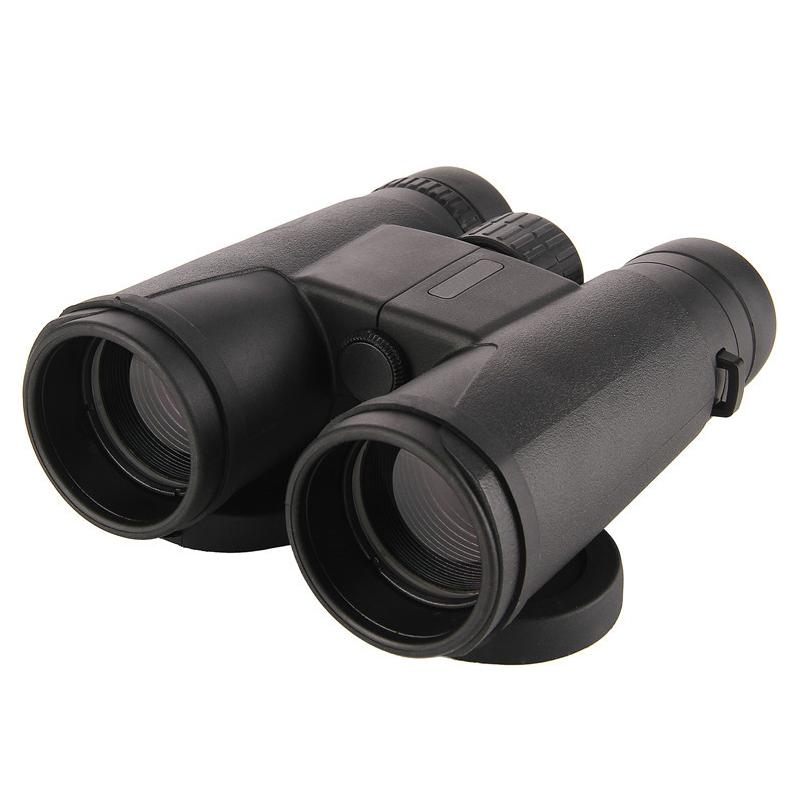
Here are some of the best binocular models available:
IP68 10 Meters Waterproof 10x42 Compact Binoculars for Kids and Adults, with Tripod Converter, BAK4 Prism, FMC Lens, Cleaning Cloth for Bird Watching Hunting Travel Camping Stargazing: The series is renowned for its high-definition optics and rugged construction. It offers excellent clarity, color accuracy, and a wide FOV. The binoculars are also waterproof and fog-proof.
20x50 Adult High Power Binoculars With Low Light Night Vision BAK4 Prism FMC Multilayer Coating Lens for Bird Watching Travel Concert Outdoor Sports: Known for its excellent image quality and durability, the Nikon Monarch 5 offers a bright and clear view with its ED (Extra-low Dispersion) glass. It is also waterproof and fog-proof, making it suitable for various outdoor activities.
Practical Tips for Choosing Binoculars

To ensure you select the best binoculars for your needs, follow these practical tips:
1. Try Before You Buy: If possible, visit a store to test different models. Pay attention to the comfort, weight, and ease of use. Check the clarity and brightness of the image, especially in low-light conditions.
2. Read Reviews: Online reviews from other users can provide valuable insights into the performance and durability of the binoculars. Look for reviews that match your intended use.
3. Consider Accessories: Some binoculars come with useful accessories such as neck straps, carrying cases, and lens covers. These can enhance your overall experience and protect your investment.
4. Check the Warranty: A good warranty can provide peace of mind. Look for models with a comprehensive warranty that covers defects and damage.
5. Balance Magnification and Stability: Higher magnification can make it challenging to keep the image steady. If you need high magnification, consider using a tripod or choosing binoculars with image stabilization features.
Choosing the best binoculars involves understanding the key specifications, considering your specific needs, and evaluating different models based on their features and performance. Whether you are a casual observer or a serious enthusiast, there is a pair of binoculars that will enhance your viewing experience. By following the tips and recommendations in this article, you can make an informed decision and enjoy the beauty of the world through the lens of high-quality binoculars.




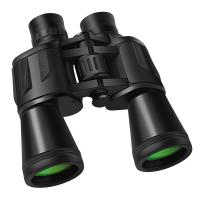
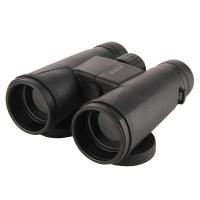
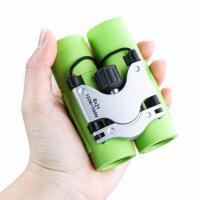
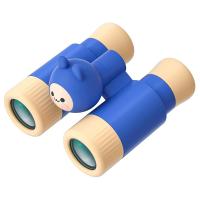

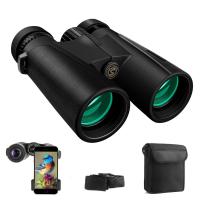
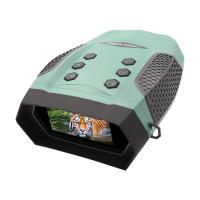
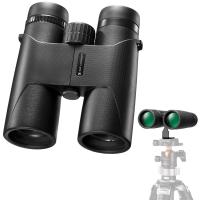
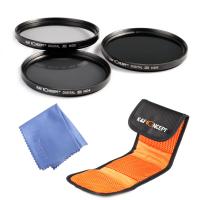
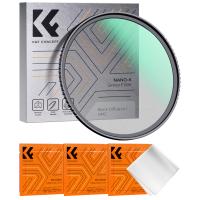
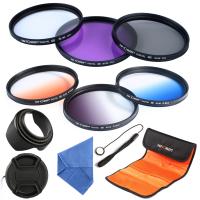

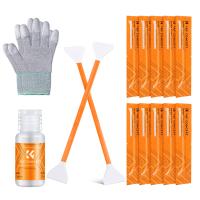
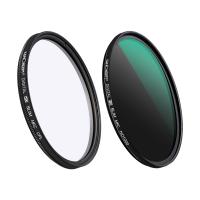

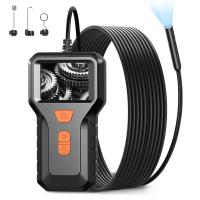

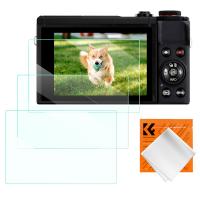

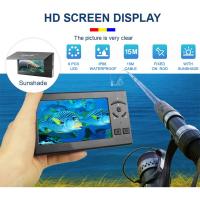


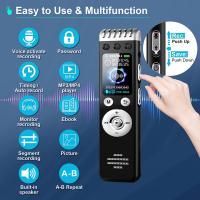




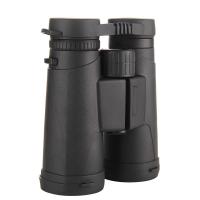

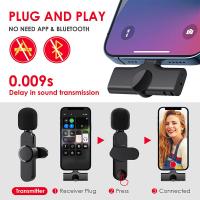
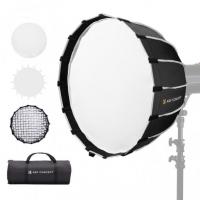

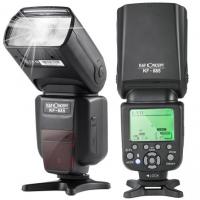

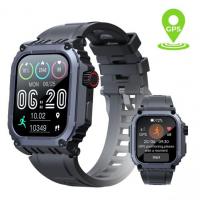
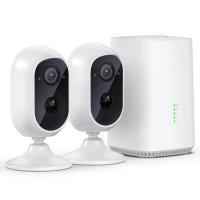
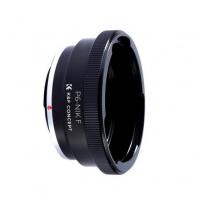

There are no comments for this blog.